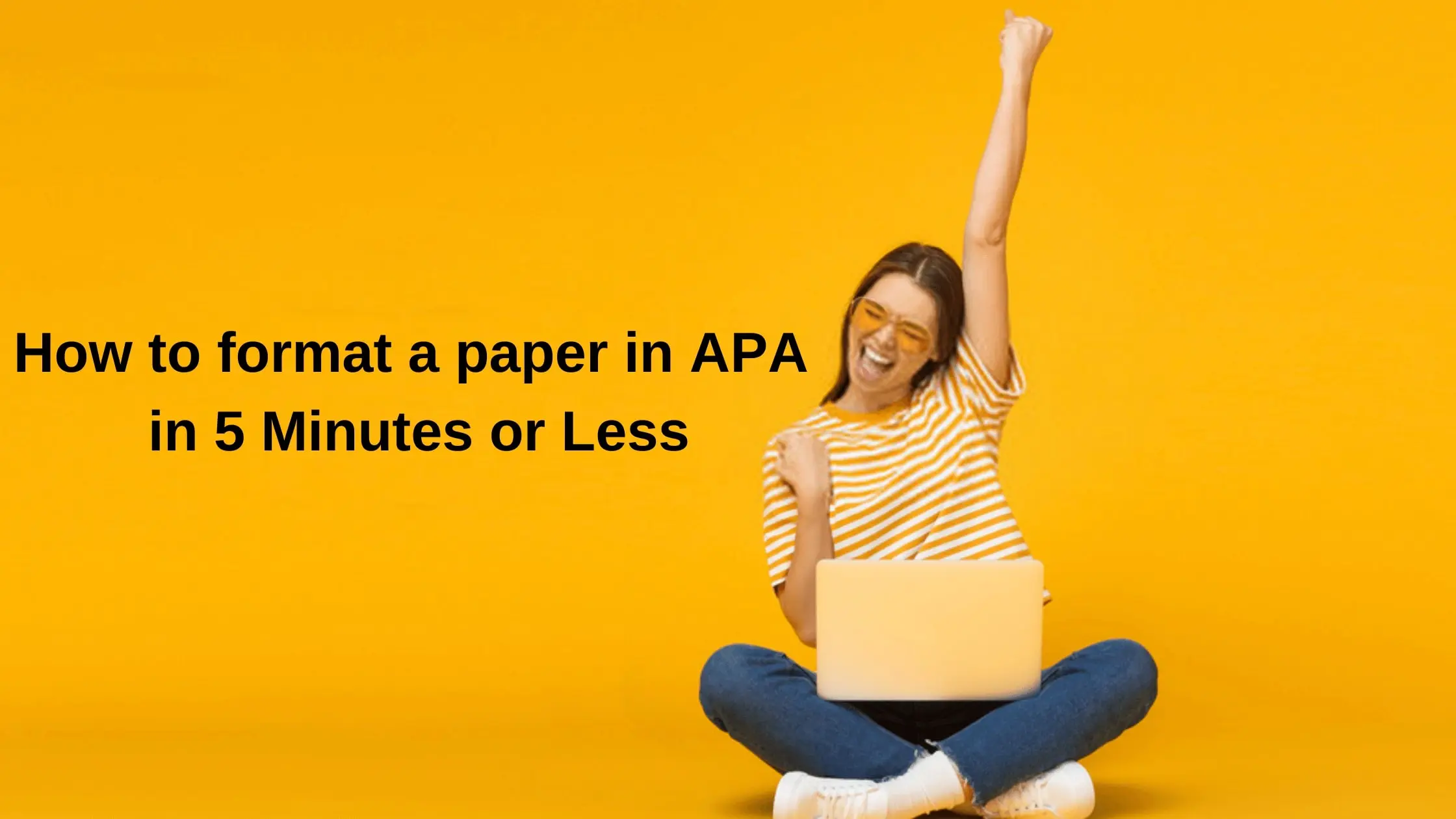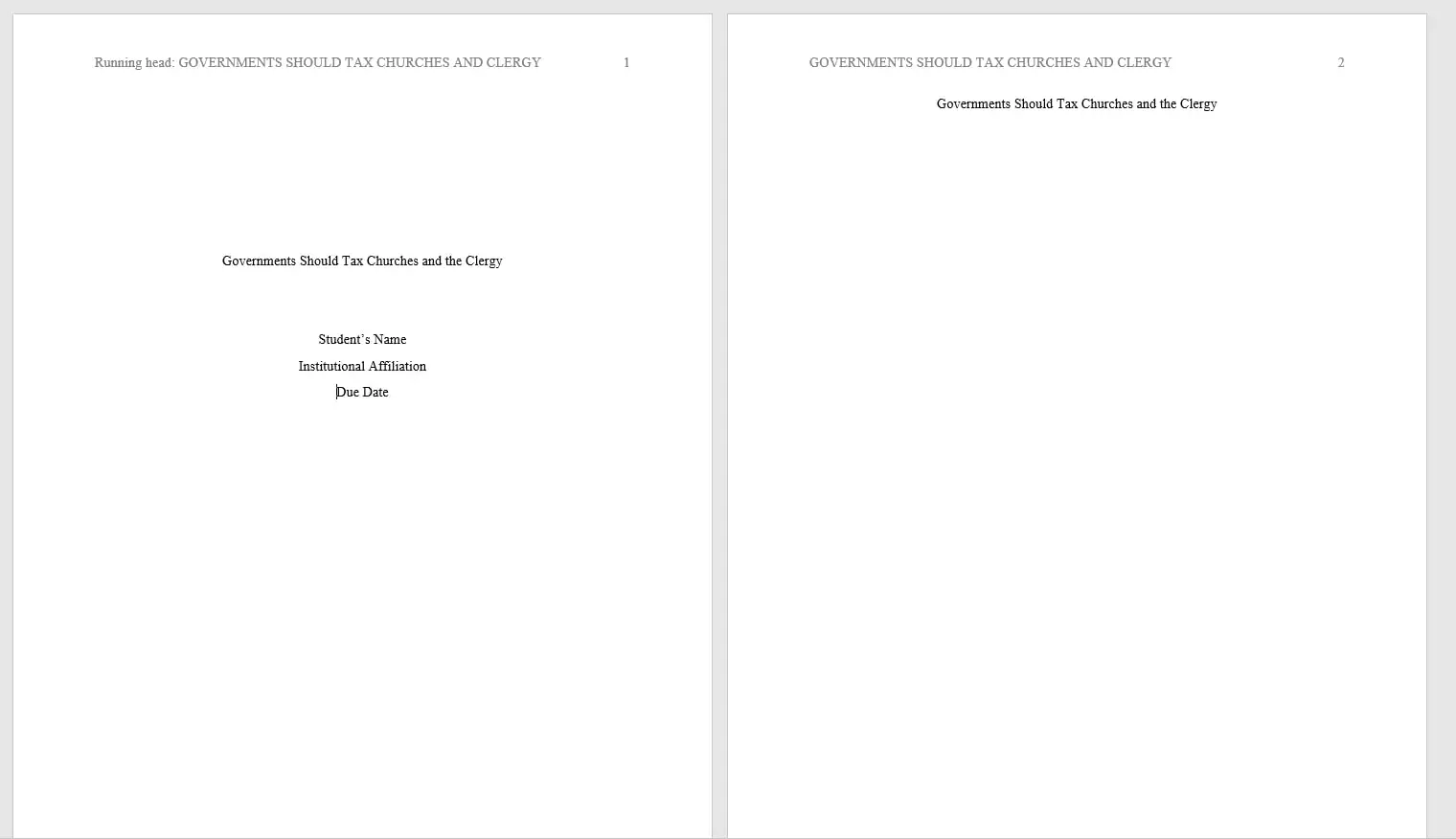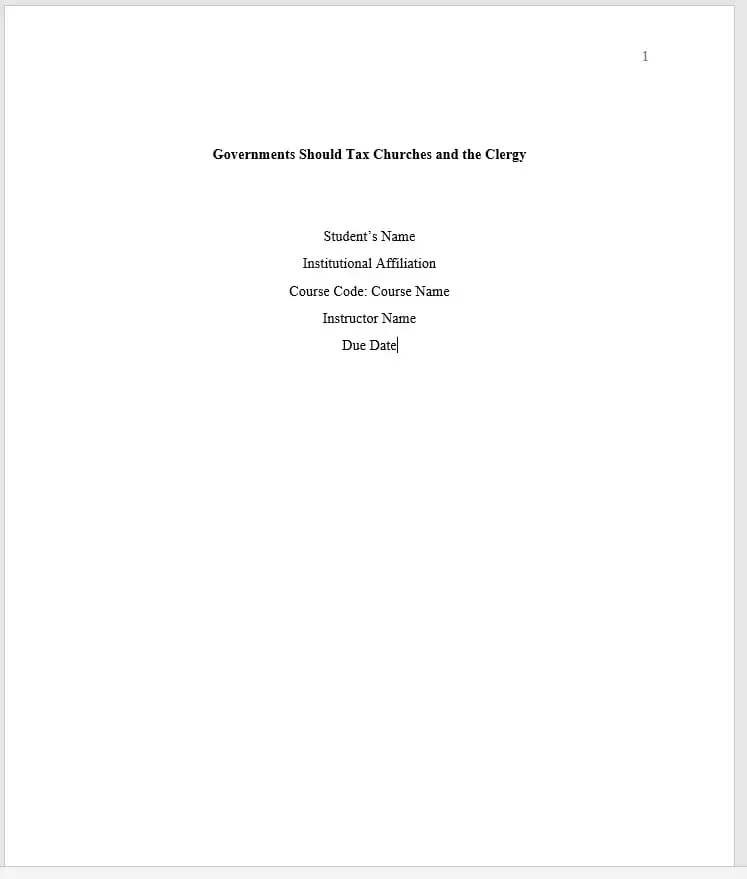
Have you ever missed important marks that otherwise affected your grade just because of poor APA formatting and citations? It could be in your essays, research paper, term papers, or other academic assignments. We can resonate with the feelings. It is awful and regrettable. Professors view such as silly mistakes that are otherwise avoidable.
Unfortunately, when reviewing the genesis of such bad grades, you will realize that it was a simple mistake. We've been here, done this, whined, and decided to emancipate others! Well, that's our work anyway.
Gradecrest has expert writers who help college students with their essays. And during over a decade-long experience, we have always seen how college students and professionals have a rough time with APA formatting and citations. Most of the students we help have always expressed that they do not clearly understand APA formatting, even after the class introductions and tutorials.
APA formatting is challenging, especially that formatting styles have been changing. For instance, instead of the widely known and used APA6, there is APA7 introduced in 2019. Having completed and edited several APA papers, we share some tips through an APA format guide. If you follow the steps we discuss below, you will be kissing bad grades goodbye and embracing an A+ grade in your papers.
As a bonus, we will also discuss APA formatting for professional papers.
Before we delve into APA formatting and citation mechanics, let's define what APA formatting means.
APA format is the official style of the American Psychological Association (APA) commonly used to cite sources when writing papers in social sciences such as psychology, economics, linguistics, social work, sociology, and criminology, among others. It is also used in Nursing and Business studies.
The intention of using standard formatting in APA is to formalize writing and help you give credit to all the sources you use when writing an essay, research paper, or any piece of assignment to avoid plagiarism.
Using the APA style, students and researchers can consistently communicate information about their ideas and findings from research. In addition, sticking to the standard APA style helps the readers know what to look for when reading a paper.
As you set out to write your assignment, essay, or report, consider these general elements of an APA paper:
Ensure that you format your paper this way at the very basic level before you even commence writing. However, nothing is cast in stone; you can do this any time, provided the paper is formatted in APA as a whole.
You will realize that almost all assignments and papers done in APA format have the following major sections, although some, such as the abstract, are not mandatory in some papers:
The sections of your paper depend on the instructions and requirements of your assignment. For instance, abstracts are mandatory in research papers, dissertations, thesis, proposals, reports, and term papers. These papers will additionally have appendices that come after the reference page. Some papers might also have a table of content, which like the title and reference pages, is never part of the total word count.
Most student essays (those submitted to colleges, universities, and high schools for grade) have the title page, main body, and reference sections.
The title page, otherwise referred to as the cover page, comes as the first page in an APA-style paper. There are variations when using APA 6 and 7, respectively. Let us clarify.
If you are writing your paper in APA 6, your title page should contain
All the information should be centered and in the upper half of the page, as demonstrated in the image below:

If you are writing in APA 7, your title page will have:
After the title, press the ENTER button three times, then begin typing the rest of the content of your title/cover page as demonstrated below:

Take note of the difference between APA 6 and APA 7 cover page.
An abstract is a 150-250 words long summary of your paper. It is mandatory for professional papers but can be omitted in student papers, except for the longer texts like term papers, reports, research papers, proposals, dissertations, and theses.
Here is how to format an abstract in APA:
Your abstract should give your readers an idea about the main topic, research questions, methods, results/findings, data analysis methods, and conclusion.
The body forms the bulk of your entire paper. It entails the introduction, body paragraphs, and conclusion. It comes after either the abstract or the title page. Here is how to create a good APA paper body.
Although headings are important in research papers, they can be used in organizing ideas in an essay to make it easier to locate information. In addition, the headers help the readers understand the content or main ideas they are about to read under them.
There are five levels of headings and subheadings in APA format, each with its unique formatting.
Level 1
Level 2
Level 3
Level 4
Level 5
APA follows the author-date format for in-text citations. However, there are variations in presentation depending on the type of work that you are citing.
In-text citations are compressed versions of the bibliographic references that are strategically placed in a text. They help make direct reference to another person's work when summarizing, quoting, or paraphrasing ideas from their scholarly work.
APA citation format is easier than you probably think. There are many citation tools that you can use to generate an APA reference page and in-text citations. You can also do so using the referencing tool on Microsoft Word.
When writing in-text citations in APA, you will use the last name of the author and the year of publication as shown below:
| APA 6 In-text Citations | APA 7 In-text citations |
|---|---|
| Capitalize per noun | Capitalize per noun |
|
Sources with one author: list the last name of the author and year. (Shanley, 2021) |
Sources with one author: list the last name of the author and year. (Shanley, 2021) |
|
Sources with two authors: Use an ampersand in parentheses (Nancy& Patrick, 2021) |
Sources with two authors: Use an ampersand in parentheses |
|
Sources with three or more authors: List all the three authors in the first in-text citations and only list the first author and use "et al." in subsequent citations First citation: (Laban, Faith, & Mathews, 2021) Subsequent citations: (Laban et al., 2021) |
Sources with three or more authors: list only the first author then followed by "et al." (Laban et al., 2021) |
|
Citing multiple authors: separate each work using semi-colons. (Laban et al., 2021; Nancy & Patrick, 2021) |
Citing multiple authors: separate each work using semi-colons. (Laban et al, 2021; Nancy & Patrick, 2021) |
|
Direct quotes from sources: include the page number. (Maryjane, 2021, p. 30) |
Direct quotes from sources: include the page number. (Maryjane, 2021, p. 30) |
|
Unknown author: use a shortened title of the work in quotation marks instead of the author's name. ("Avoiding Plagiarism," 2021) |
Unknown author: use a shortened title of the work in quotation marks instead of the author's name. ("Avoiding Plagiarism," 2021) |
|
Unknown date: use the abbreviation "n.d" in place of the date. (Jameson, n.d.) |
Unknown date: use the abbreviation "n.d." in place of the date. (Jameson, n.d.) |
|
Multiple works by the same author/same year: Use lower-case letters (a, b, c…) with the year to order the entries in a reference list. Use the same format for in-text: (Bruce, 1998a) (Bruce, 1998b) |
Multiple works by the same author/same year: Use lower-case letters (a, b, c…) with the year to order the entries in a reference list. Use the same format for in-text: (Bruce, 1998a) (Bruce, 1998b) |
According to Williamson (2021), "social media is becoming a tool of manipulation and surveillance by the state organs" (p. 43).
"Social media is becoming a tool of manipulation and surveillance by the state organs" (Williamson, 2021, p. 43).
Now that you made it here, you are on the final touches of your assignment. Although many students, and professionals alike, loath at organizing references, there are many citation tools online that can help you.
Check out tools such as citethisforme, Citation Machine, EasyBib, Citefast, and ZBib, which are citation generators that can help you organize your APA reference page in a flash.
Now, suppose you were a frustrated student, researcher, or professional. In that case, we are very sure things have taken a good turn of events. Getting poor grades or scolding for not formatting a paper in APA can be exasperating. But, on the other hand, if you have the content right, then formatting should be the easiest thing of them all.
Related:
We have been there and seen that it is possible to forget specific APA requirements, especially if you are not writing as many papers as our paper writers do. Consequently, you might make formatting and stylistic mistakes in your APA paper.
Our professional APA writers understand and have mastered APA formatting. They know the nitty-gritty of the APA guidelines. Their insights and research were valuable in putting together this article.
We believe that by reading this quick APA formatting guide, you can make your paper follow the APA formatting 100% and score that deserved A+. But if you need help, we can edit your paper and format it in APA. So do not hesitate to enjoy our services; talk to our support team which is available 24/7.
